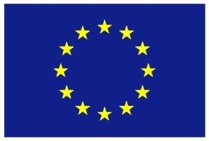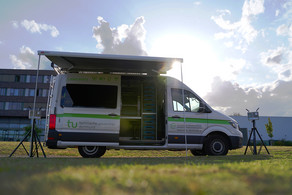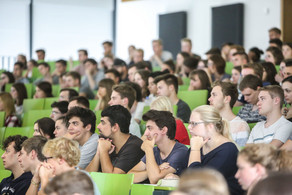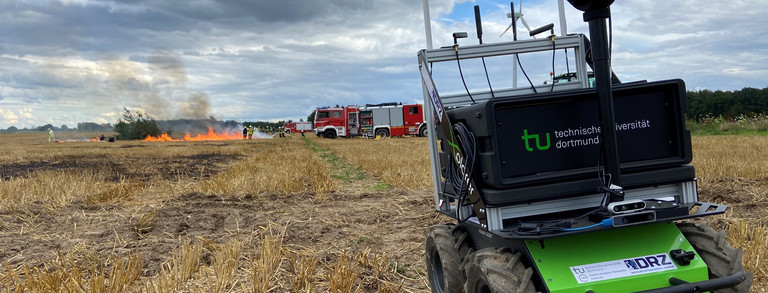SecInCoRe
The overall objective of SecInCoRe (Secure Dynamic Cloud for Information, Communication and Resource Interoperability based on Pan-European Disaster Inventory) is to identify data sets, processes, information systems and business models used by first responders and Police authorities leading to a dynamic and secure cloud based ‘common information space’.
Project duration: 01.05.2014 - 30.04.2017

The main goals of SecInCoRe are:
- A pan-European inventory of past critical events and disaster and their consequences focusing collaborative emergency operations and real-time decision making while taking ethics, law, social practices and privacy into account.
- Understand ethical, legal and social issues and the regulatory environment, and the constraints and possibilities they imply for the use of pan European cloud based information management services.
- Design of a secure, dynamic cloud based knowledge base and communication system concept including the ability to use emergency information by means of a trans-European communication infrastructure.
SecInCoRe applies dedicated measures to ensure that (a) future users understand the benefits of the new systems and (b) future users influence the design of the proposed SecInCoRe system and services (operative and technical) according to their evolving information needs.
SecInCoRe receives funding from the European Union Seventh Framework Program (FP7/2007-2013) under grant agreement n°607832.


Further information:





